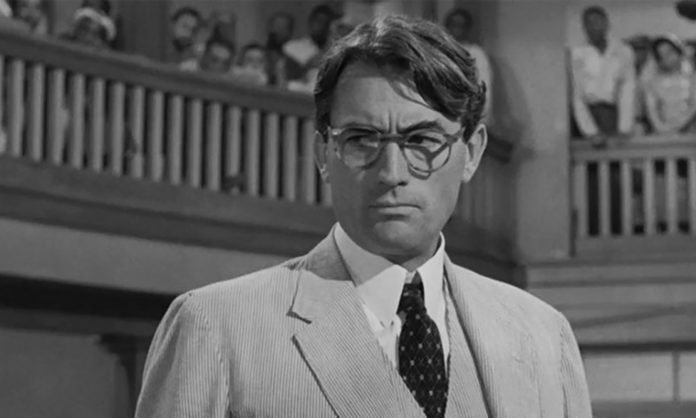In a post on Writer Unboxed, Donald Maass discusses the difference between the past and a character’s back story.
“Back story is events, usually adverse, that have wounded or burdened a single protagonist,” Maass explains. “The past is a force that affects everyone. Back story is individual. The past is collective.” Past events shape society and all your characters, not just your protagonist. The protagonist can overcome their back story but can only endure or transcend the past.
“Both force characters, and readers, to look backward in time,” Maass adds. “Both create tension. In a back-story focused novel, tension radiates outward to others from inside a character. In a story anchored in the past, tension is imposed from the outside onto everyone in the story world. In both cases, what happened before creates tension in the present.”
Novels that rely more on the past than back story include stories involving lost memory, the effects of war, a family legacy, coming of age, or returns to salad days. Stories tackling big social issues, like class, injustice, and oppression also lean into past more than back story. While an individual is centered, the events affect us all, and the problems raised in the novel are too big to be resolved except by time.
Maass offers some examples of stories that rely on the past, including Ellie Eaton’s The Divines, about the power a private English boarding school has over its former students years after they’ve graduated; Emily Layden’s All Girls, also set at an all-girls boarding school, where a former student accuses a teacher of rape; and Natasha Deón’s The Perishing, in which a young black woman wakes up in an alley in 1930s Los Angeles, with no memory of who she is or where she’s from.
For practical application, Maass suggests you explore which group or class has power in your story world and how they have kept others down or caused injustice. Who remembers these wrongs and will bring them up? What remnants of the past still exist? How does this affect your protagonist? Are there forces at work your characters can’t see but feel?












